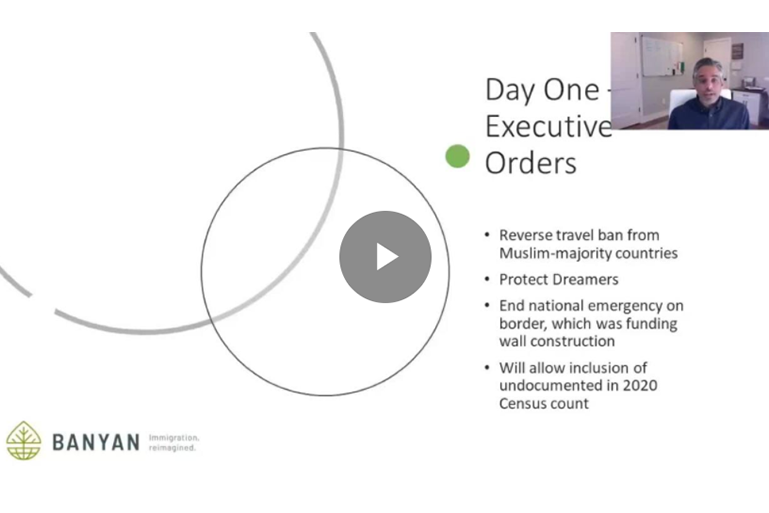When a change is made to credit scoring models, these changes need to be vetted by the Federal Housing Finance Agency (FHFA). The FHFA oversees Fannie Mae and Freddie Mac, the agencies that provide financial backing to most mortgages offered through lenders. The changes were approved and accepted by the FHFA in late 2022 but could take a year or more to fully implement.
Here’s an outline of the changes made and how they could positively benefit borrowers.
- Trended data: This change allows the use of credit balances over the past 24 months so that risk might be more accurately measured. This is a change from the ‘moment in time’ view currently used on credit reports. The thought is that a 2-year picture will allow lenders to more precisely assess how a consumer has managed their accounts. This should allow for better prediction of future behavior.
- BNPL loans: BNPL stands for ‘Buy Now Pay Later’. These short-term, often interest free, loans have become extremely popular over the past several years especially with younger consumers. Experian became the first credit repository to announce it would begin to record these BNPL loans in 2022. TransUnion quickly followed and provides consumers a tool that will let them add these payments to their credit history.
According to Equifax consumers with little or no credit history were able to increase their credit scores by 21 points when they added positive BNPL payments.
- Rental payments: The new scoring now allows for rental payment history to be included into calculations, provided the information is reported to the credit bureaus. Experian has also developed a tool that allows consumers to self-report their rental history.
- Medical debt or collection: A year ago, the three credit bureaus removed the majority of paid, but lingering, medical debt from credit reports. Thereby immediately improving credit scores for millions of Americans. Additionally, they have increased the reporting of unpaid medical collections from six months to one year. This gives consumers much more time to resolve these debts before it negatively impacts their credit. At some point in the first half of 2023, the credit bureaus will also remove medical collection debt with balances less than $500 from credit reports. This is a HUGE win as we see small collections negatively impact borrowers’ ability to be approved for financing all the time.
It will take some time to implement these changes. The FHFA expects this to be a multiyear effort. According to research by the three big credit bureaus, 37 million consumers will benefit from these changes due to the additions to their credit profiling triggering a credit score, which lenders need to evaluate credit worthiness. Additionally, 3.8 million underserved minorities should see higher credit scores, thus granting access to credit they were unable to obtain previously.1
Learn more about how credit score impacts your homebuying experience and connect with a U.S. Bank mortgage loan officer today.

































































